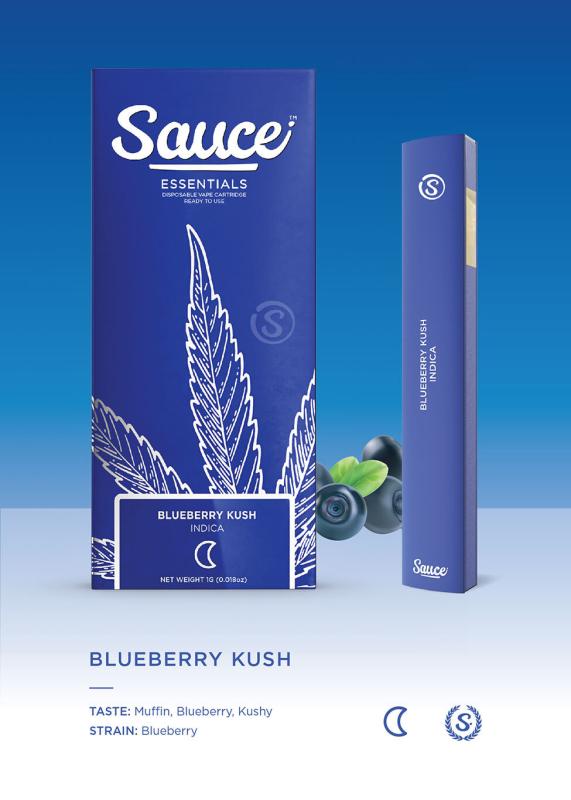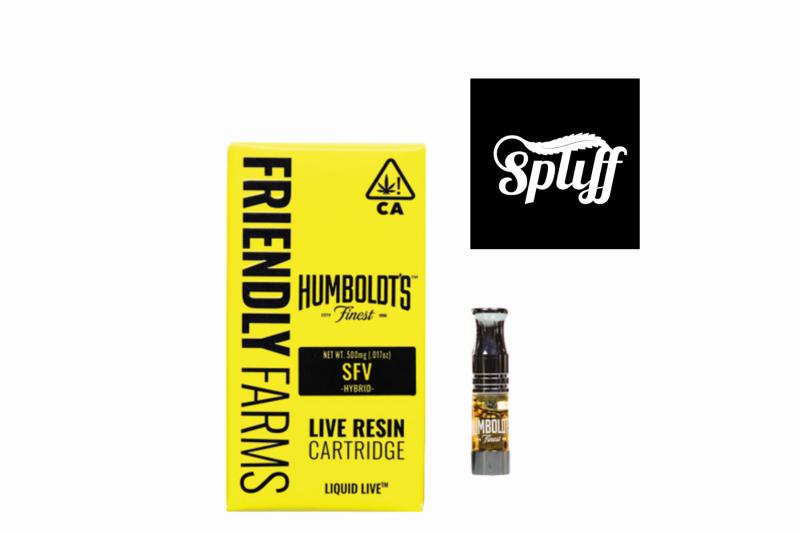The Rise of the Sauce Bar: A Flavorful Revolution in Dining

In the world of food, sauces are often the unsung heroes, elevating dishes with rich flavors and creative flair. While traditional dining experiences have focused on the main course as the star of the show, a new trend is flipping the script: the sauce bar. This innovative concept allows diners to explore a variety of sauces, and condiments, providing an interactive and customizable culinary experience. But what exactly is a sauce bar, and why is it gaining popularity?
What is a Sauce Bar?
A sauce bar is a dining concept where customers can select from a wide range of sauces, toppings, and condiments to complement their meal. Typically found in casual dining settings or food festivals, a sauce bar allows customers to experiment with flavors, mix and match sauces, and personalize their dishes. The concept is similar to a salad bar or condiment station but focuses entirely on sauces, offering everything from classic and mustard to gourmet options like truffle aioli, sriracha honey, or spicy barbecue glaze.
The key to a sauce bar’s appeal is its customization. It empowers diners to tailor their meals to their exact preferences, turning a simple meal into a fully customizable flavor experience. Whether it’s a burger, fries, grilled meats, or even bowls of pasta, a sauce bar provides endless possibilities for taste exploration.
The Appeal of the Sauce Bar
- Endless Flavor Combinations The variety is one of the biggest draws of a sauce bar. It gives diners the freedom to create unique flavor profiles that may not be available through traditional menu options. With the right combination of sauces, a dish can be transformed from ordinary to extraordinary, keeping the dining experience fresh and exciting.
- Customization and Personalization Today’s diners are increasingly seeking experiences that cater to their individual tastes and dietary preferences. A sauce bar allows customers to control the level of spice, sweetness, or acidity in their dishes, making it ideal for those with specific flavor preferences or food allergies. The ability to tailor your meal is a strong selling point for food lovers who want more control over what they eat.
- Increased Engagement and Fun Dining is no longer just about nourishment; it’s about the experience. Sauce bars invite interaction and engagement, as customers often take time to choose and sample different sauces. The element of discovery—trying new flavors and combinations—adds an element of fun, making it an experience worth repeating.
- Culinary Creativity For chefs, a sauce bar can be a platform for creativity. It allows them to experiment with new and exciting flavor combinations that might not have made it onto the regular menu. Specially crafted sauces, seasonal creations, and even regional sauces from different cultures can be featured, introducing diners to diverse flavors from around the world.
Types of Sauces You Might Find at a Sauce Bar
A well-curated sauce bar will feature a variety of sauces to cater to a wide range of tastes. Here are some examples of the types of sauces you might encounter:
- Classic Condiments: Ketchup, mustard, mayonnaise, barbecue sauce, ranch, and hot sauce are staples that cater to traditional tastes.
- International Flavors: Chimichurri (Argentina), tzatziki (Greece), teriyaki (Japan), or hoisin sauce (China) add an international flair to any meal.
- Specialty Sauces: Think of creative options like truffle aioli, sriracha mayo, chipotle crema, or buffalo sauce for those who enjoy bolder flavors.
- Vegan & Gluten-Free Options: For health-conscious diners or those with dietary restrictions, sauce bars often offer vegan, gluten-free, and allergen-friendly alternatives, like cashew cheese sauces or coconut curry.
- Spicy Sauces: For the adventurous, fiery options like habanero sauce, ghost pepper sauce, or homemade hot sauces can add the perfect kick.
The Sauce Bar Experience: A Modern Twist on Traditional Dining
While the concept of a sauce bar may sound simple, it has profound implications for how we think about dining. It reflects a broader movement toward muha meds disposable experiences, where customization and choice take center stage. In addition to traditional foodservice locations, the rise of sauce bars also intersects with the street food scenes, where creative, fast, and flavorful experiences are highly valued.
Sauce bars are often found in environments that celebrate the joy of food exploration—whether in casual fast-casual restaurants, pop-up events, food markets, or even at festivals. They’re also great for pairings: customers may enjoy a slider with a gourmet dipping sauce, tacos with a variety of salsa options, or fries accompanied by multiple dipping sauces.
The Future of Sauce Bars
As the trend continues to grow, it’s likely that we’ll see sauce bars become even more specialized and refined. Restaurants and food businesses might experiment with rotating seasonal sauces, collaborate with local producers to create signature flavors, or even offer “sauce tasting” events where customers can sample and vote on their favorite combinations.
With the increasing trend of personalization and experiential dining, the sauce bar is poised to become a staple in the evolving food scene. It satisfies the desire for variety, fosters creativity, and offers a fun, participatory dining experience that encourages customers to engage with their food in new and exciting ways.
Conclusion
The Friendly farms is more than just a passing food trend—it represents a shift in how we approach flavor and meal customization. By offering diners a wide range of sauces, it empowers them to craft the perfect flavor experience to complement their dish. Whether it’s exploring bold international sauces, experimenting with spicy options, or keeping it classic, the sauce bar brings fun and creativity back to the dining table. As we continue to seek new and interactive ways to engage with food, the sauce bar is sure to be a culinary experience that grows in popularity.






